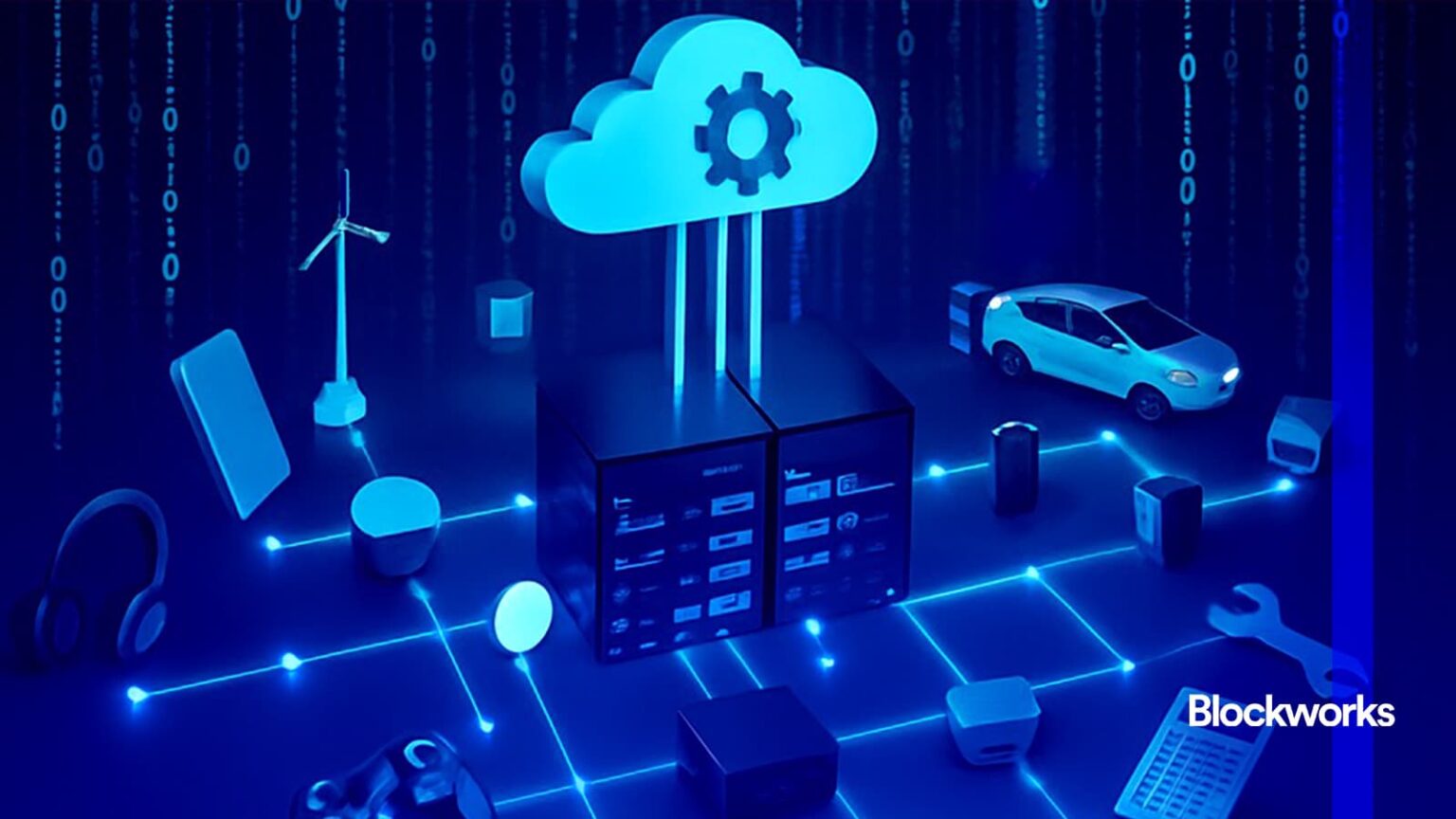Story summary, Empire Newsletter Subscription Encouragement
Blockworks Research Analyst Dives Deeper into DePINs and Tokenized Power Plants
Blockworks Research analyst Nick Carpinito is reigniting the discussion around Decentralized Physical Infrastructure Networks (DePINs) after releasing a research note specifically exploring tokenized power plants, which goes beyond simply reviving interest in the sector.
AI’s Energy Appetite as a Catalyst
Carpinito stated he felt “compelled to dig into the subject” due to escalating energy constraints faced by the rapidly growing artificial intelligence sector globally, even highlighting issues beyond the United States.
In his deep analysis, Carpinito concluded: “Projects that credibly tie infrastructure performance to real-world revenue, navigate policy fragmentation, and maintain network quality will be well-positioned to shape the next generation of energy markets.”
Legitimizing DePINs: Definition and Hurdles
For readers unfamiliar, Carpinito emphasized that wireless infrastructure is often the most prominent sub-sector within DePINs. He noted a surprising lack of innovation within the energy space on the whole. However, he predicted “meaningful scale” could be reached soon, with some projects potentially starting to operate as grid components within the coming year.
The author suggests DePINs follow a convergence model similar to Real-World Assets (RWAs) and stablecoins – adapting non-crypto industries onto blockchain infrastructure for improvement and broader adoption.
Carpinito acknowledged the challenge in defining successful DePINs: “If a DePIN project is successful when they’re pitching to a customer, they shouldn’t have to call themselves DePIN.” The core advantage must be clear in cost and performance, positioning them as valuable, real-world utilities without a high barrier to entry. This aligns DePINs, perhaps even more so than stablecoins, with accessible utility.












